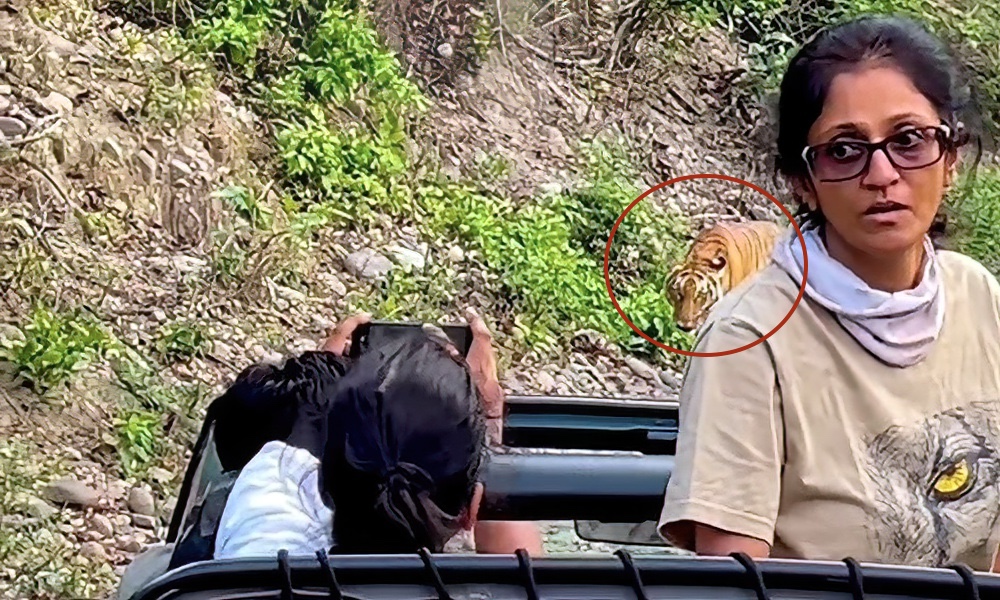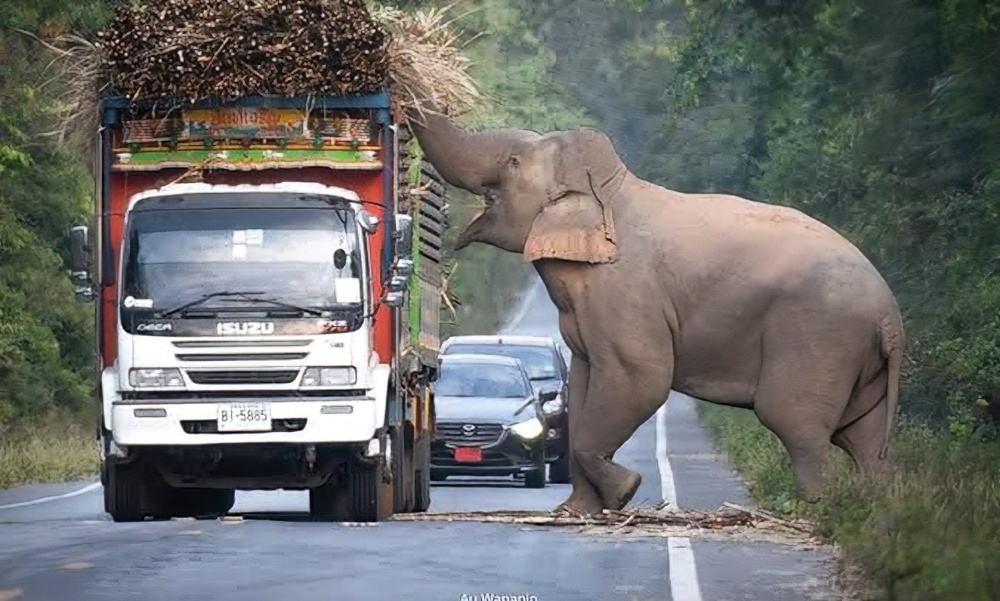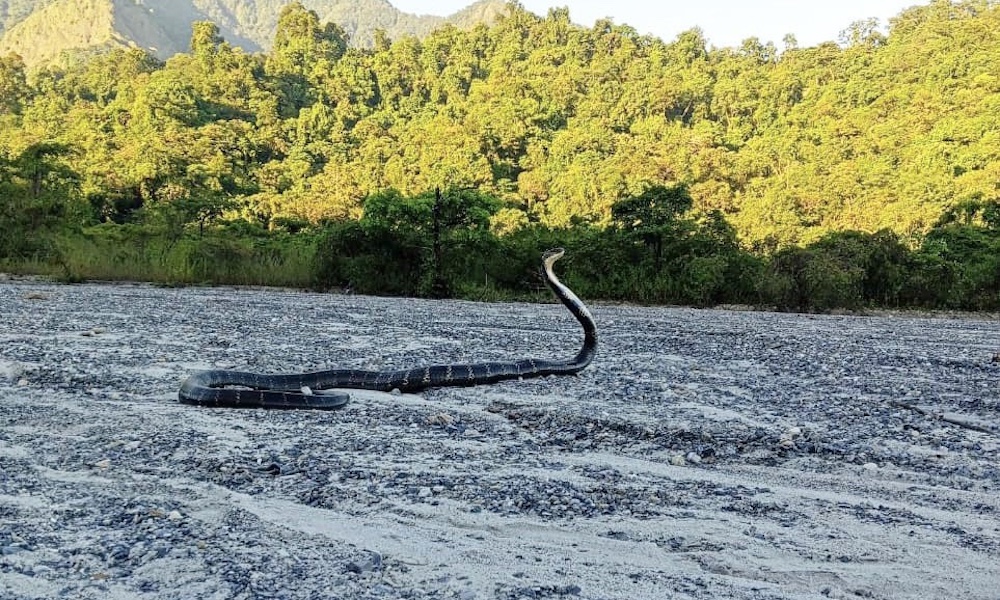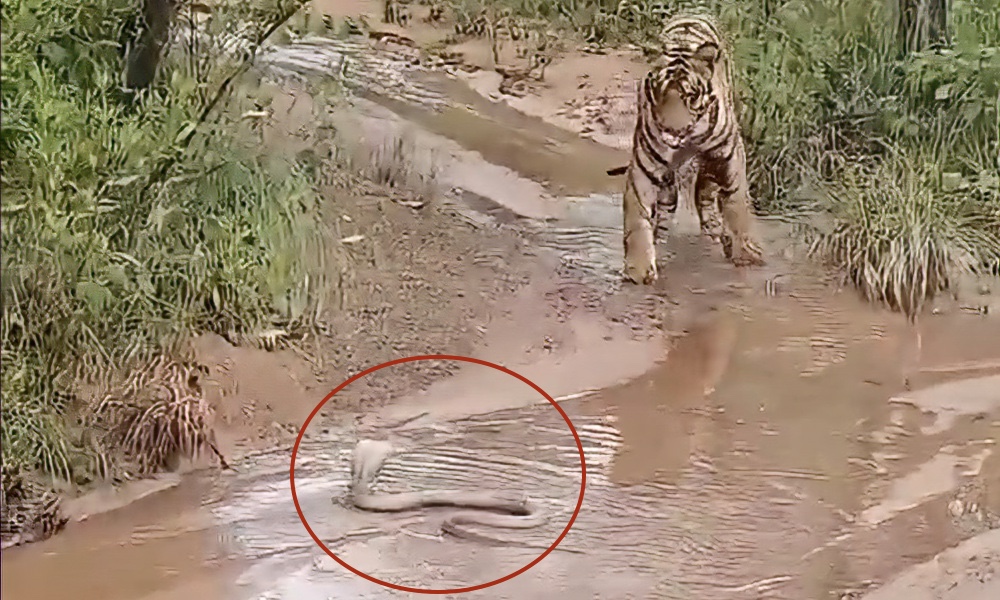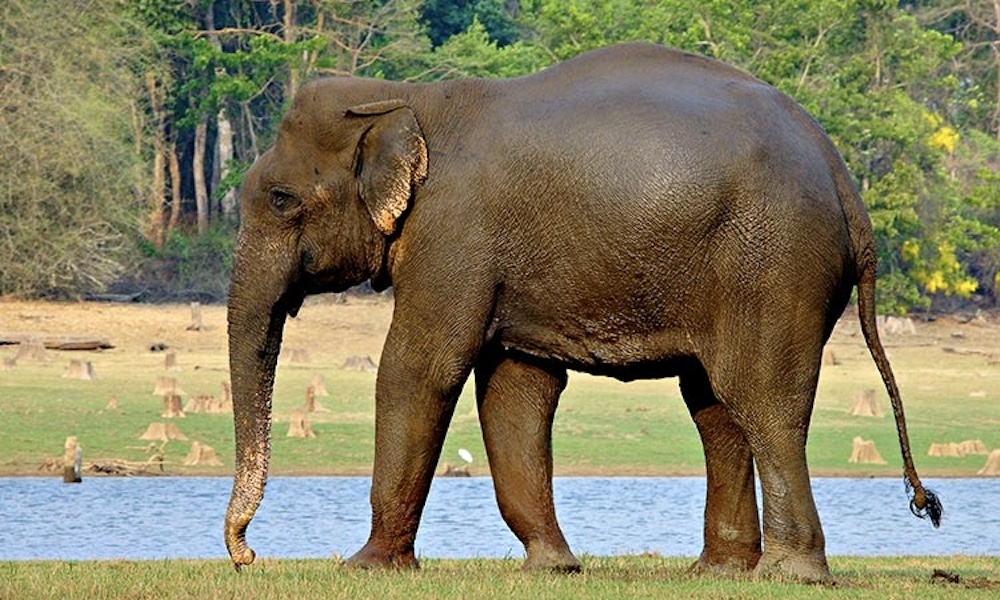Imagine that you’re on safari observing a tiger at close range and one guest stands in the vehicle and loudly pleads with the driver to back away.
“Please, can you go?!” the woman insists in the accompanying footage, using a hand gesture for emphasis. Later in the footage, the woman again stands and demands that it’s time to leave.
The footage was captured last year in India’s Ranthambore National Park. It was reposted Tuesday by Ranthambhore Wildlife, titled, “Tiger scares lady or lady scared tiger.”
The video inspired lots of social-media commentary and one follower remarked that “yelling like an idiot” could have provoked an attack.
https://www.instagram.com/p/C0Woobly6Hw/
Another chimed in: “This woman is more aggressive than the poor tiger! What’s wrong with her?”
It’s worth noting that tigers in India’s wildlife reserves are accustomed to the presence of safari vehicles and typically do not become aggressive if tourists and guides remain quietly seated.
If a tiger approaches, it’s essential that everyone remains calm.
A few comments were somewhat in defense of the woman, but many were critical and several people pointed out that tourists pay lots of money for the chance to observe wild tigers.
While some might question whether the driver allowed this to become too close of an encounter, Ranthambhore Wildlife implied that the woman was the only person violating protocol:
“It’s essential to remember that tigers are wild animals and deserve our respect. As we venture into their natural habitat, we must prioritize our safety and theirs.
“A calm and composed demeanor is crucial in such situations. By following the guidelines and exercising self-control, we can ensure a thrilling yet safe experience for both humans and animals alike.”
Ranthambore National Park is in the state of Rajasthan. The forested region is home to more than 80 Bengal tigers and other large animals, such as leopards, sloth bears, and crocodiles.
Ranthambhore Wildlife (note difference in spelling) operates safaris twice-daily in the park.
